nn
n
n On the evening of January 27th 1905, MrnFrederick Wells, a mine manager, was making his rounds of the new No 2 PremiernMine, near Pretoria, South Africa, when he saw something gleaming the rays ofnthe dying sun, at the brink of the open workings. He picked up a large stone,nput it into the pocket of his sack coat, and went back to the company office tonexamine his find. At first, it was thought that Wells had picked up a piece ofnrock crystal and it was almost thrown aside, but on closer examination, the stonenwas found to be a diamond of unprecedented size, weighing over 1.3 pounds, orn3253 ¾ carats.
n
n
n
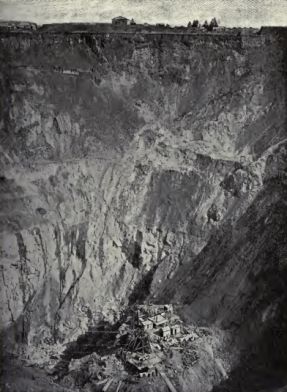 |
| The Last Open Workings at Kimberley – 1889 |
n
n
n
nAs the stone had a distinct fracture line on one face, it wasnthought to be a fragment of a larger octahedral crystal, although thencorresponding piece has not (yet) been unearthed. The stone was named after thenchairman of the Premier (Transvaal) Mining Company, (later Sir) ThomasnCullinan, and purchased by the Transvaal Government for £200,000, although itnwas insured for £1,500,000. It was decided that this huge gemstone should benpresented to King Edward VII as a gift for his 66th birthday, as ansuitable token of the entry of South Africa into the British Empire, but therenwas the problem of transporting it from the Cape to England.
n
n
n
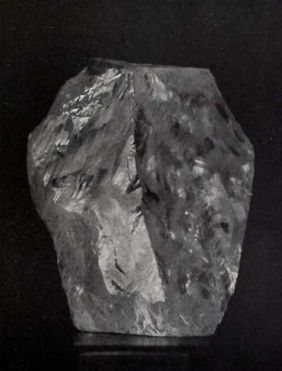 |
| The Cullinan Diamond in its rough state |
n
n
n
nA facsimile stonenwas sent by steamboat, and accompanied by detectives, as a diversionary tacticnto attract potential thieves, whilst the real stone was packed into a plain boxnand sent by normal parcel post (although it was sent by registered mail). Tonthe dismay of London jewellers, when the rough diamond was examined, the Crownnauthorities decided to ship the stone to Amsterdam for cutting and polishing.
n
n
n
 |
| Cullinan I in its cut state |
n
n
n
nThe stone was not perfect, and it would have been impossible to form it intonone enormous brilliant cut gem; there was a small, black spot in the centre,nand although the stone was remarkably clear, there were other graphitic spotsnclose to the surface, and other discolouration on the outside. At one point,nthere was an internal crack, and at another, there was an opaque, milky mass,nof a brown colour, with what looked like iron oxide stains.
n
n
n
 |
| The Fragments of the Cullinan after cleaving |
n
n
n
nTherefore, thendecision was made to break up the rough stone into smaller parts, with the worknto be carried out by the house of J Asscher and Co, of Amsterdam and Paris. Atnthe beginning of 1908, the Cullinan Diamond was moved, under escort, to thenAsscher fabriek on Tulp Straat, where it was kept in a vault withnconcrete and steel walls two feet thick, with Dutch secret servicemen andnScotland Yard detectives guarding the establishment.
n
n
n
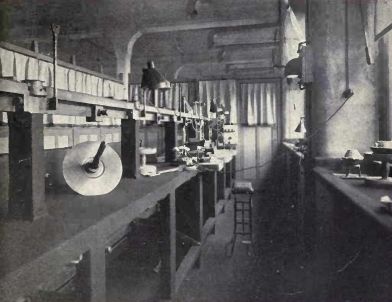 |
| The Cutting Room at Asscher’s where the Cullinan was cut |
n
n
n
nThe experts examined thenstone for weeks, deciding how best to cut it before, on February 10thn1908, Mr Joseph Asscher, the finest diamond cleaver in the world, made ready tonmake the first cut, under the supervision of Messrs M J Levy and Nephews, thenprecious stone experts. Models had been made in crystal, to give Asscher anguide to the desired effect, and a cut, three quarters of an inch deep was madenwith a diamond saw along the line of cleavage. A special steel, comb-shapednknife, without a handle, was made and inserted into the cut on the stone andnwith a steel bar, Asscher struck the back of the knife. The steel knife brokenand the stone remained intact.
n
n
n
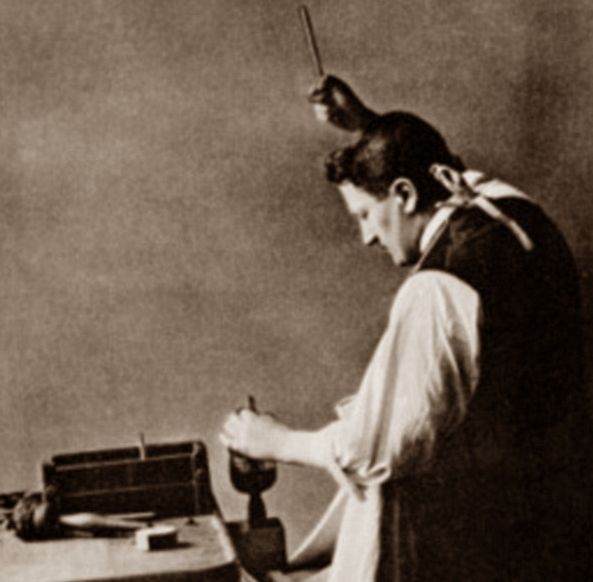 |
| Joseph Asscher prepares to cleave the Cullinan Diamond |
n
n
n
nA replacement knife was placed in the cut andnAsscher struck again – this time the Cullinan diamond split into two parts,nexactly as planned. (There is a story that Asscher insisted on having a doctornand nurse present, and when the stone broke, he fainted on the spot. This isnalmost certainly apocryphal).
n
n
n
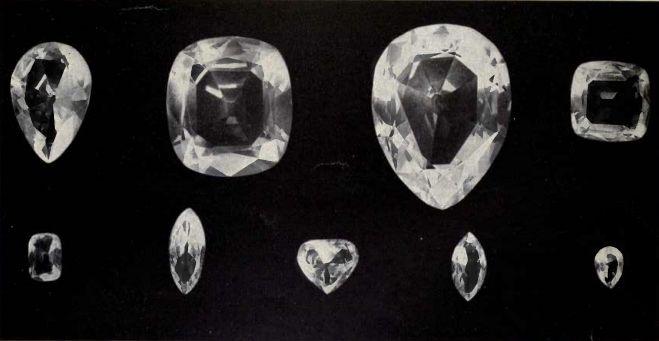 |
| The Nine larger Cullinan cut stones |
n
n
n
nLater in February, the larger portion was again divided,nand over the months until November, the rough diamond was divided again and cutnand polished to produce nine large gemstones, 96 smaller stones and nine caratsnof uncut bort. Cullinan I was, then, by far the largest cut diamond in thenworld, at 516 ½ carats, (the previous largest brilliant, the Jubilee, weighsn239 carats, and the Koh-i-noor pales into an insignificant 102 ¾ carats), withnCullinan II weighing 309 3/18 carats.
n
n
n
 |
| Queen Elizabeth II – Cullinan I is in the head of the Sceptre |
n
n
n
nThe pear-shaped, brilliant Cullinan I wasnplaced in the Sovereign’s Sceptre, and the brilliant-cushion Cullinan II wasnput into the Imperial State Crown, below the Black Prince’s ruby. The other,nsmaller Cullinan diamonds were mounted in other pieces of royal regalia, and itnis interesting to note that the four largest pieces amount to 986 carats of cutnand polished jewels, taken from a rough diamond of over 3,000 carats.
n
n
n
 |
| The Imperial State Crown – with Cullinan II in the front |
n
n
n
nAbove ancertain size, there is almost no commercial market for large gemstones, fornthere are few people wealthy enough to buy them, and fewer still prepared to wearnsomething that looks like it might have been purloined from a crystalnchandelier, and they can only be displayed in the context of royal regalia wornnon state occasions, supplemented with hundreds, or thousands, of smaller gems.nCullinan I and II are, effectively, beyond price, as there is nothing close tonmatching them and certainly nothing to replace them, and they are set in thenCrown Jewels, which are, again, simply priceless, but just for the sake ofnargument, the bidding for either stone would not open at a penny less thann£200,000,000.
n
n
n
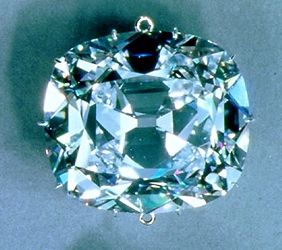 |
| Cullinan II |
n
n
n
nNot bad for something that almost got thrown out of anmine-manager’s estate-office window.
nnn
n
nnn
